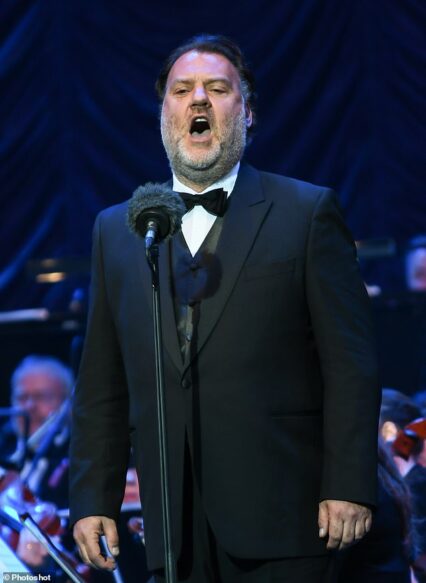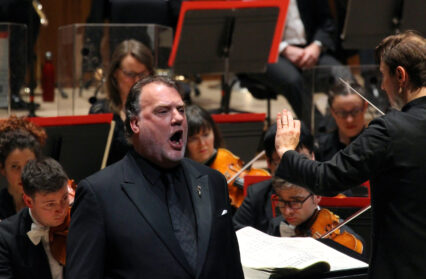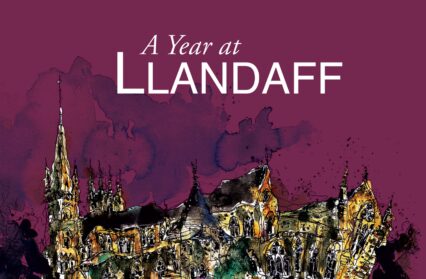David Truslove discovers that Sir Bryn Terfel can still pack a punch in Wagner, performing with the Philharmonia Orchestra at the Royal Festival Hall.

It’s not often one hears the Welsh bass-baritone at the Royal Festival Hall, even less so singing in a concert where Bruckner’s 6th Symphony takes up the lion’s share of the programme. All the more reason then to hear this larger-than-life personality who can still command the stage and create a tingle factor in just a handful of notes. And a handful of notes it may have seemed with its meagre offering of two operatic extracts, one from Die Meistersinger, the other from Die Walküre, his singing lasting little more than 10 minutes. Ideally, one wants to hear Wagner in situ, complete with all the trappings that go with an operatic staging. But Bryn Terfel is such an accomplished performer that he can hold your attention and take you into dramatic realms without the need of theatrical props. In this instance, the stage was taken up by the Philharmonia Orchestra.
The afternoon began with a no-nonsense account of the Meistersinger overture, presided over by British conductor Alexander Soddy, a last-minute replacement for a Covid-affected Esa-Pekka Salonen. And if his name was unfamiliar to this audience, there was no need to worry about Soddy’s credentials; he had directed a Ring cycle in Mannheim last year as well as productions of Tristan and Isolde and The Flying Dutchman. His familiarity with Bruckner was also an advantage and the original programme here remained unchanged. His brisk tempo of the Meistersinger’s overture served to remind us of Wagner’s comic intentions, yet the conductor (whose debut with the orchestra this was) brought little sense of pomp and ceremony, notwithstanding a stately final furlong. There followed the ‘Flieder’ monologue from Act Two where the cobbler poet Hans Sachs sits beneath an elder tree and muses on the opera’s central issue of musical innovation versus tradition, encapsulated in the singing of the knight Walter he’s just heard. Terfel’s mezza-voce, untroubled by the enlarged orchestra, generated an intensity of tone clothed with a nobility of expression. If his trademark warmth has lost some of its earlier appeal, the voice is no less compelling. If anything, the slight coarsening over the years was ideal for this affecting passage, his oak-aged voice entirely appropriate for the line “He followed no rules – yet it was so right”.
Proceedings continued with a bracing account of the prelude to Act Three of Lohengrin, the orchestra’s horn section now expanded from six to ten players. This might have put Bryn Terfel under some strain for his ensuing epilogue that is Wotan’s farewell to his daughter Brünnhilde when, in the closing scene of Die Walküre, he kisses her and encircles her with a ring of fire. But this was a moving portrayal, authoritative yet fatherly, passionate yet intimate, the soloist able to bring to bear all his worldly experience and demonstrate his mastery of emotions, and vocally fully equipped to soar over the orchestra. The closing bars were hall-stilling in their intensity.
From Wagner we moved to Bruckner (an ardent admirer of the younger composer) whose symphonic works were to divide listeners; critics decried the bombast and rhetoric of Bruckner, while admirers praised the symphonies’ grand architectural sweep and expansively radiant themes. Yet Bruckner’s Sixth of 1881, in A major, remains one of the composer’s least known, despite its compelling rhythmic momentum and melodic grace. Soddy certainly had the measure of its fifty-five minutes, the first movement not exactly conforming to its maestoso marking (or majestoso as Bruckner called it), but persuasive in its rhythmic impetus and convincing for the integration of its storm-tossed climaxes. There was much to enjoy in the ‘Adagio’, its solemnity suitably addressed, if not with any great reverence, but Soddy coaxed some stylish string playing. This carried over onto the neat-and-tidy ‘Scherzo’ where the central ‘Trio’ was light on its feet, those beguiling horn calls adding their own rustic cheer. The Finale is a somewhat problematic movement, often regarded as the weakest of the four. Here, its abbreviated paragraphs and dry rhetoric coalesced into something greater than the sum of its parts, helped, not least, by the Philharmonia’s commitment to this seldom-played score and Soddy’s forward tempi to enhance its heroic resolution.











